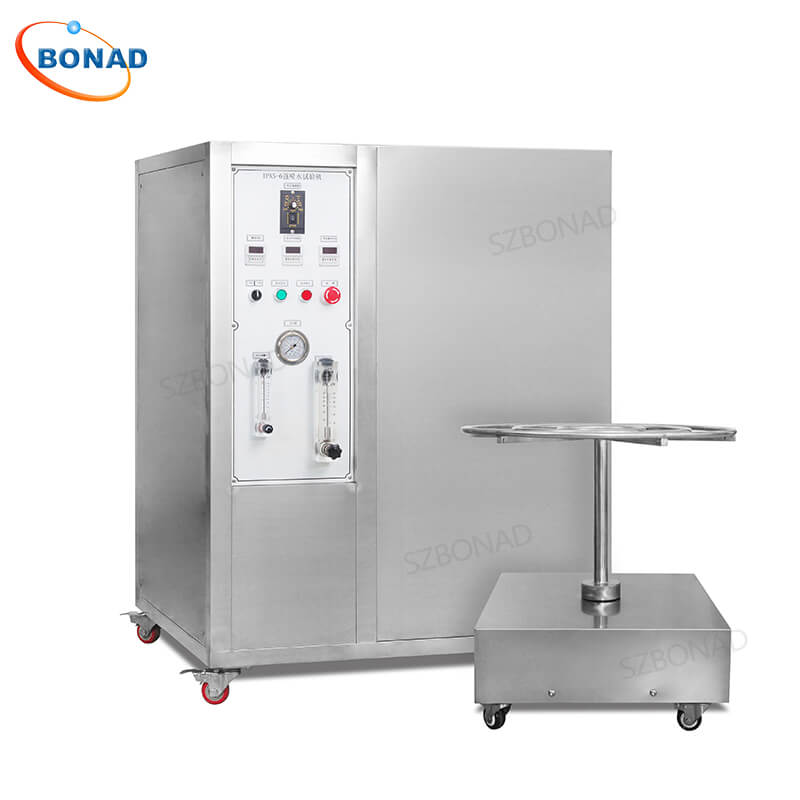Thermocouples are essential tools for temperature measurement in industrial and scientific settings, but selecting the right type is critical. Two common types—J and K—are often compared due to their distinct properties. Here’s a breakdown of their key differences to help you make an informed choice.
1. Material Composition
- J-Type: Iron (+) and Constantan (JN2 alloy) (-).
- K-Type: Chromel (Nickel-Chromium, KP) (+) and Alumel (Nickel-Aluminum) (-).
- Why it matters: Material choice affects corrosion resistance and compatibility with environments.
2. Temperature Range
- J-Type: -210°C to 1200°C (best accuracy below 750°C).
- K-Type: -270°C to 1372°C (broader high-temperature use).
- Key insight: K-type handles extreme cold and higher temperatures better.
3. Linearity & Sensitivity
| Property | J-Type | K-Type |
|---|---|---|
| Low-Temp | Better linearity | Moderate linearity |
| High-Temp | Drift risk above 540°C | Superior stability |
- Practical note: J-types excel in low-heat applications; K-types dominate high-heat scenarios.
4. Application Fields
- J-Type Best For:
- Inert/vacuum environments (e.g., vacuum furnaces).
- Molten metal/salt baths (non-oxidizing).
- Avoid oxidizing or sulfur-rich atmospheres.
- K-Type Best For:
- General industrial use (ovens, boilers, engines).
- Oxidizing atmospheres and liquids at normal temps.
- Laboratories and HVAC systems.
Which Should You Choose?
Consider these factors:
- Environment: Oxidizing? Corrosive? Vacuum?
- Temperature: Sub-zero? Ultra-high heat?
- Accuracy Needs: Low-temp precision vs. high-temp stability.
💡 Pro Tip: K-type is the “general-purpose” thermocouple, while J-type suits specialized low-oxygen settings. Always verify chemical compatibility!


